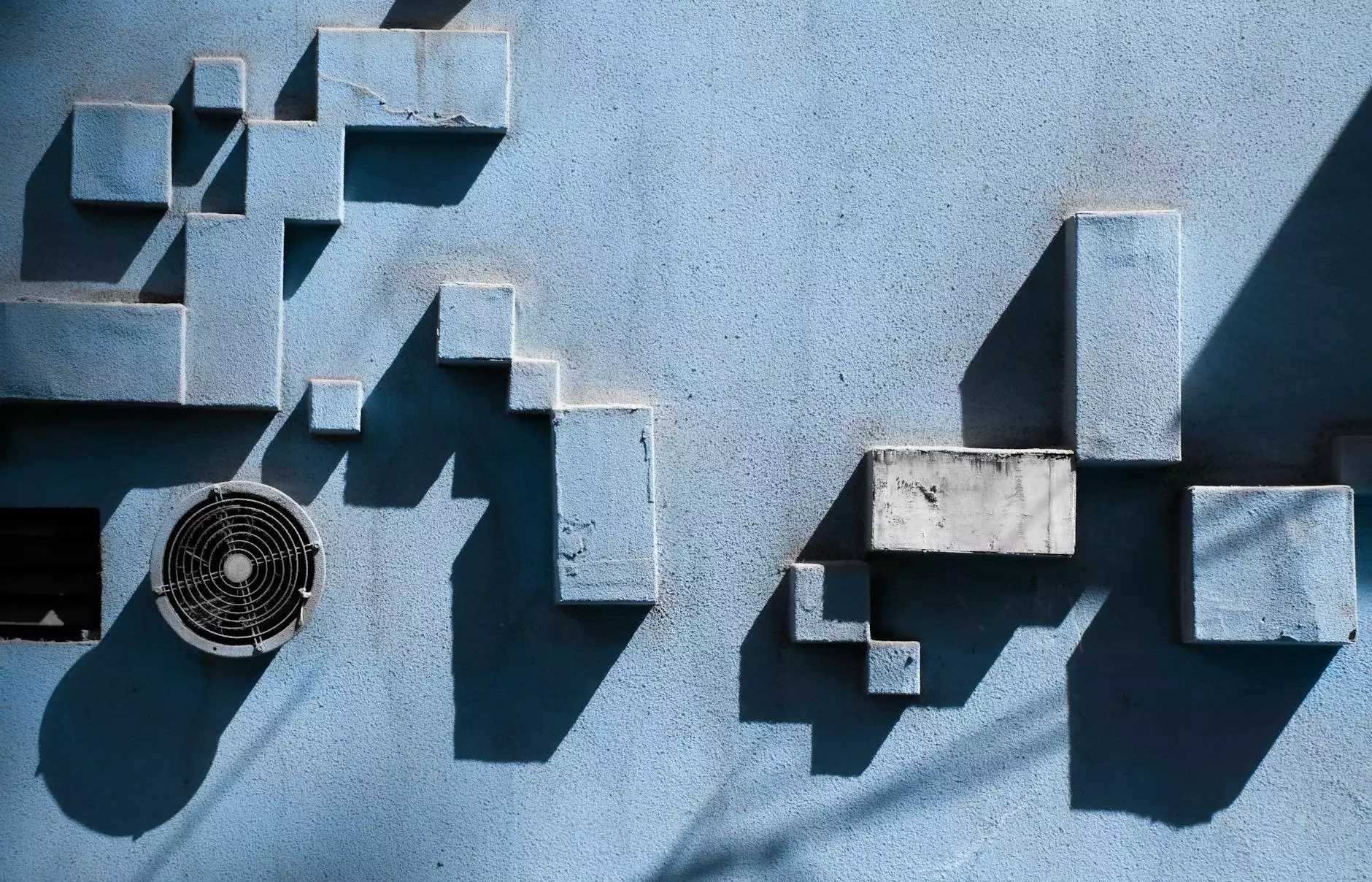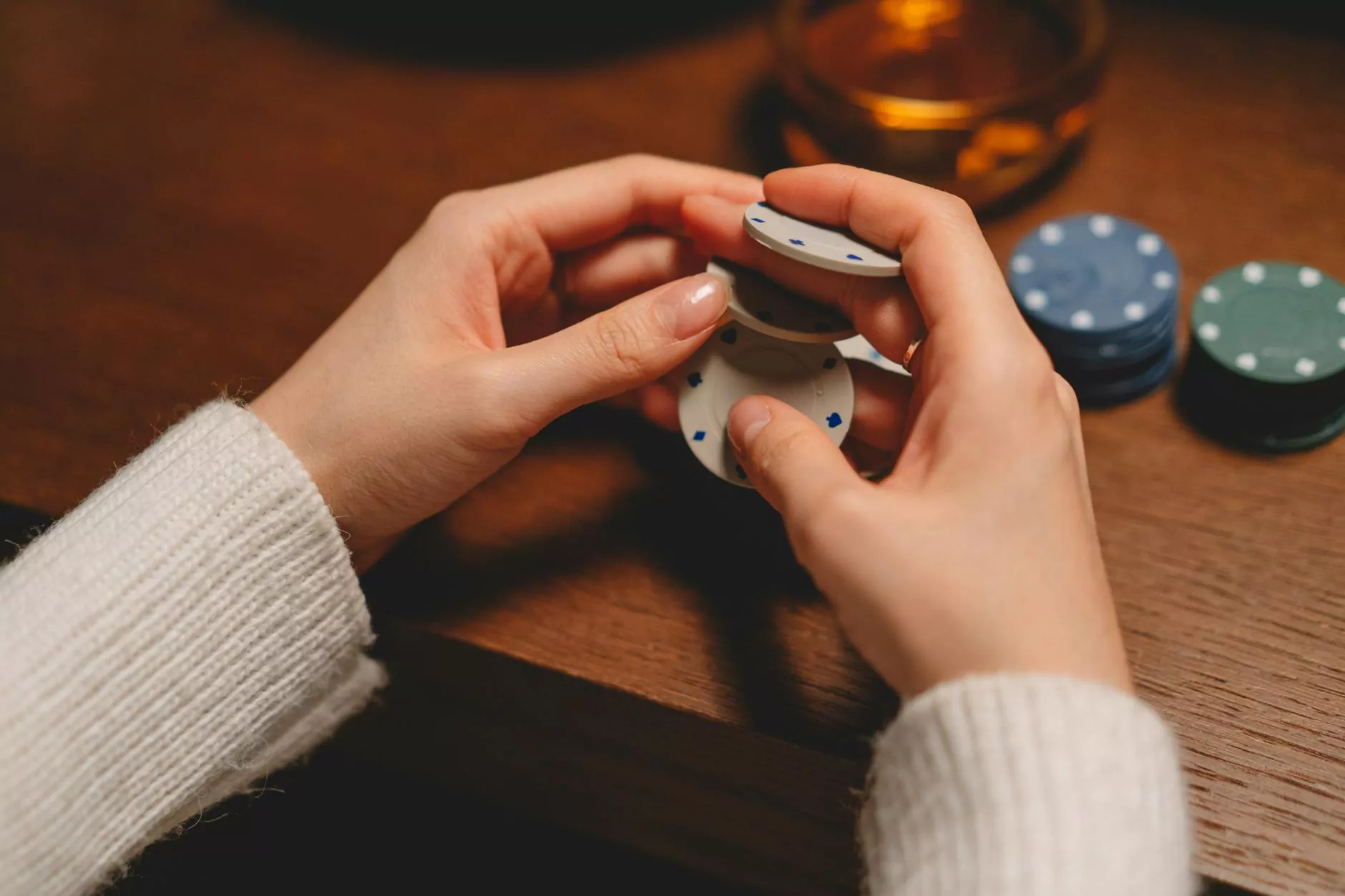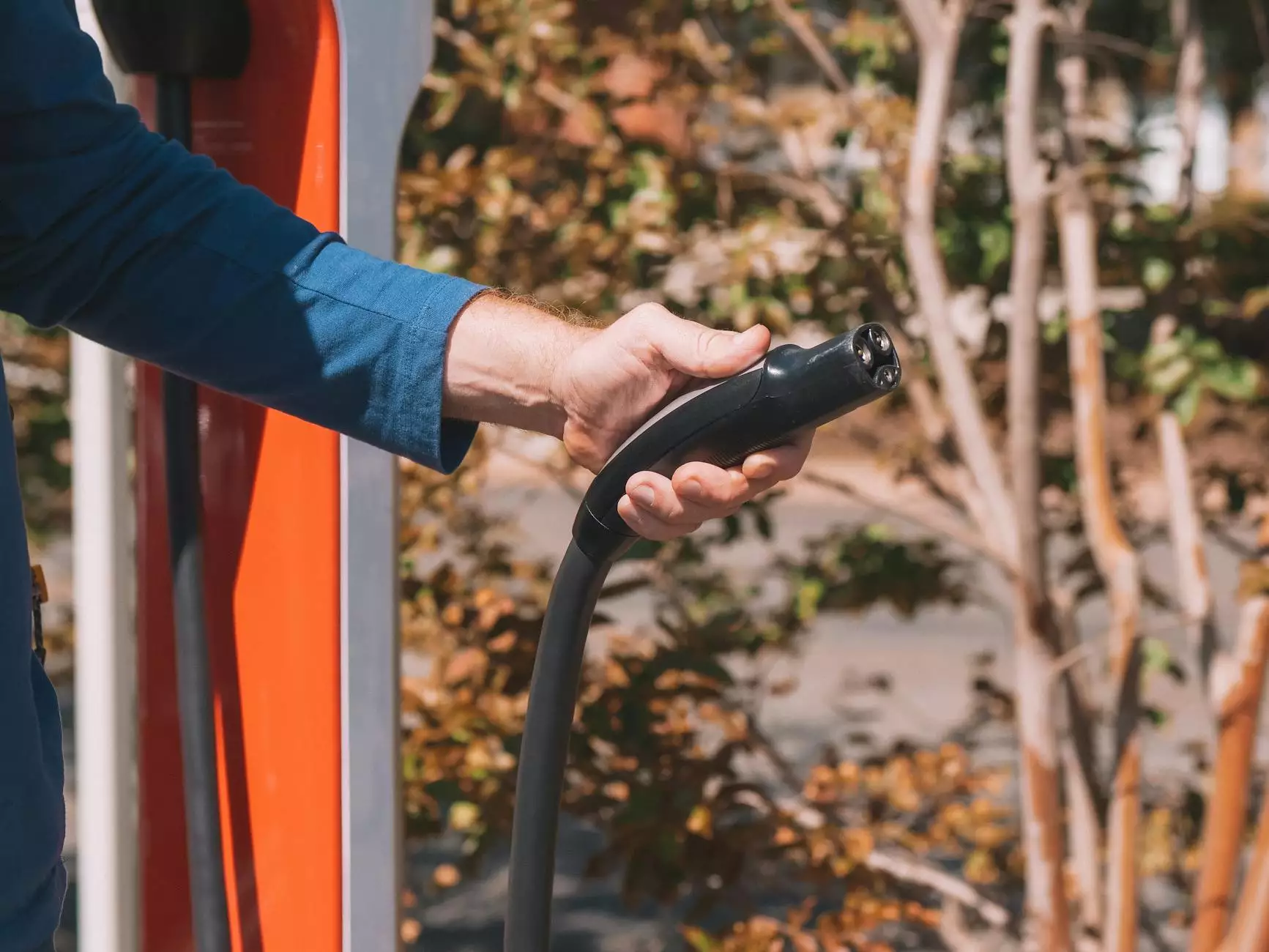Plaster Repair for Pools: Essential Maintenance Tips

Owning a swimming pool is one of the greatest joys of homeownership, providing a personal oasis for relaxation and fun. However, to keep your pool in excellent condition, it is crucial to pay attention to its surfaces, particularly the plaster finish. In this comprehensive guide, we will explore everything you need to know about plaster repair for pools, from identifying damage to performing repairs and maintaining your pool's surface.
Understanding Pool Plaster
Pool plaster is a durable surface made from a mixture of sand, cement, and water that is applied to the interior of swimming pools. It provides not only an attractive finish but also helps seal the structure, preventing water from seeping into the underlying materials. There are typically three types of plaster used in pools:
- Traditional White Plaster: This is the most common and economical choice, known for its classic appearance.
- Colored Plaster: Offered in a range of colors, this type can enhance the aesthetic appeal of your pool.
- Aggregate Plaster: This includes quartz or glass beads, offering a more textured surface and increased durability.
The Importance of Maintaining Your Pool's Plaster
Regular maintenance of your pool’s plaster is vital for several reasons:
- Appearance: Well-maintained plaster enhances the beauty of your pool.
- Safety: Cracks and rough surfaces can pose safety hazards to swimmers.
- Longevity: Regular repair and maintenance extend the life of your pool’s finish.
- Cost-Effectiveness: Preventing small issues from turning into larger problems can save you money in the long run.
Identifying Signs of Damage
Recognizing early signs of plaster damage is vital in preventing more extensive repairs. Look for the following indications:
- Cracks: These can range from minor hairline fractures to larger, more severe breaks.
- Peeling or Flaking: This occurs when the surface begins to lose its adhesion.
- Stains: Discoloration may occur due to algae growth, minerals, or chemicals in the water.
- Rough Texture: Over time, wear and tear can cause the once smooth surface to become rough.
Assessing the Severity of Damage
Not all plaster damage requires immediate intervention. Assess whether the issues are minor or severe. For example:
- If the cracks are shallow and small, they may only require a patch.
- Significant cracking that compromises the pool’s structure or leads to leaking water needs professional attention.
- Surface flaking may indicate deeper issues that should be evaluated by an expert.
DIY Plaster Repair: A Step-by-Step Guide
If you've identified minor damage to your pool plaster, you may choose to tackle the repairs yourself. Here’s a detailed guide on how to perform plaster repair for pools:
Materials Needed
- Plaster repair mix
- Concrete trowel
- Putty knife
- Sponge
- Bucket
- Safety goggles and mask
Repair Steps
- Clean the Area: Start by removing any debris and algae from the damaged area using a sponge and mild detergent.
- Prepare the Plaster Mix: Follow the manufacturer’s instructions to mix the plaster repair product in a bucket.
- Apply the Repair Mix: Use a putty knife or trowel to apply the mixed plaster to the damaged area. Ensure it is smooth and level with the existing plaster.
- Finishing Touch: Once applied, use a damp sponge to smooth out the surface and blend it with the surrounding plaster.
- Allow to Cure: Let the plaster cure according to the product instructions, typically 24-48 hours, before refilling the pool.
When to Call a Professional
While minor repairs can often be handled through DIY methods, some situations call for professional intervention.
- Extensive Cracks or Damage: If the damage is widespread, it may be too complex for a DIY fix.
- Structural Issues: If you suspect that the plaster damage is symptomatic of deeper structural problems, consulting a professional is advised.
- Advanced Techniques: Some repair techniques require professional-grade materials and expertise for proper application.
Maintaining Your Pool's Plaster Surface
After making necessary repairs, maintaining your pool plaster is essential to prevent future issues. Here are some tips:
Regular Cleaning
Keep your pool clean by regularly brushing the plaster surface and removing debris, leaves, and debris. This prevents the accumulation of algae and staining.
Water Balance Management
Maintaining balanced water chemistry is crucial. Test pH, alkalinity, and calcium hardness levels regularly to avoid damage from corrosive or scaling water.
Routine Inspections
Schedule professional inspections at least once a year to catch and address issues before they escalate.
Conclusion
The importance of plaster repair for pools cannot be overstated. A well-maintained plaster finish not only enhances the beauty of your swimming pool but also ensures its safety and longevity. By identifying the signs of plaster damage, understanding when to repair, and maintaining your pool regularly, you can enjoy your beautiful backyard oasis for years to come. If you require any assistance or need specialized repairs, consider reaching out to the experts at poolrenovation.com for quality service catered to your pool's needs.









